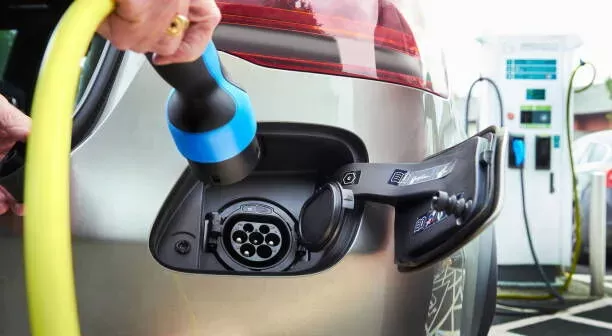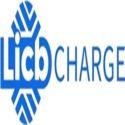Notifications

4 minutes, 57 seconds
-102 Views 0 Comments 0 Likes 0 Reviews

The Complete Guide to Using EV Charging Stations
Introduction
As electric vehicles (EVs) become more common, knowing how to use EV charging stations is essential for both new and seasoned drivers. Charging an EV isn’t quite the same as filling up a gas tank — it involves different equipment, connectors, and strategies depending on where and how you charge. This guide covers everything you need to know: the types of China EV Chargers, connectors, costs, and tips to make EV charging easy and efficient.
Types of EV Charging Stations
EV chargers are generally grouped into three categories, based on speed and power output:
Level 1 Charging (Slowest)
Power Source: Standard 120V home outlet
Speed: Adds ~3–5 miles of range per hour
Best for: Overnight home use or emergencies
Note: Not ideal for regular, long-distance driving
Level 2 Charging (Most Common)
Power Source: 240V outlet (like a dryer)
Speed: Adds ~20–25 miles of range per hour
Best for: Daily use at home or public locations like offices and shopping centers
Note: Great balance of speed and convenience
DC Fast Charging (Quickest)
Power Source: High-powered direct current
Speed: 0–80% charge in 20–60 minutes
Best for: Road trips or quick top-ups
Note: Limited availability and higher cost
Different EVs use different plugs. Here's a breakdown:
SAE J1772
Standard for Level 1 & Level 2 in North America
Used by most EVs (Tesla requires adapter)
CCS (Combined Charging System)
Most popular for DC fast charging
Combines J1772 with two extra pins
Used by most new EVs
CHAdeMO
Mainly used by older Japanese EVs (e.g., Nissan Leaf)
Fading in popularity
Tesla (NACS)
Tesla’s proprietary connector
Works with Tesla Supercharger network
Now being adopted by more automakers
Check Compatibility
Not every charger works with every EV. Use apps or your EV's display to confirm before arriving.
Charging Speed Matters
Use DC fast chargers when time is tight
Use Level 2 chargers for longer stops or daily charging
Level 1 is best for overnight charging
Understand the Costs
Some chargers bill per kWh, per minute, or per session
Home charging is usually the cheapest
Memberships (like ChargePoint or EVgo) can offer discounts
Plan Your Stops
Use apps like PlugShare, ChargePoint, or A Better Routeplanner to find chargers along your route
Check charger status, cost, speed, and connector type in advance
Bring Adapters: Especially if you drive a Tesla or have a less common plug type
Use Charging Apps: Monitor your session remotely to avoid idle fees
Be Courteous: Move your EV once it’s charged so others can use the station
Look for Deals: Some automakers or apps offer free or discounted charging
Charge Smart in Cold Weather: Precondition your battery to optimize charging in low temps
The future looks bright. Expect:
Faster Chargers: Ultra-fast chargers up to 350 kW are rolling out
Wireless Charging: Charge just by parking over a special pad
More Access: Public and private investment is expanding charger networks everywhere
Standardized Connectors: Tesla’s NACS is being adopted by more brands
Smarter Energy Use: Vehicle-to-grid (V2G) technology will let cars give energy back
EV charging doesn’t have to be confusing. Once you understand the different charger types, connector options, and how to plan your sessions, you’ll find it’s easy and convenient. As EV infrastructure improves and technology evolves, charging will only get faster, cheaper, and more accessible. Stay informed, plan ahead, and enjoy the ride!
China EV Chargers EV Charger Manufacturer Smart EV Chargers Electric Car Chargers Electric Vehicle Chargers Electric Car Charging Stations

